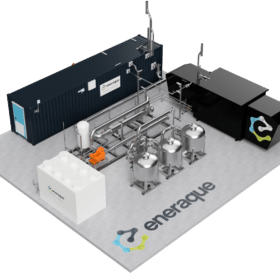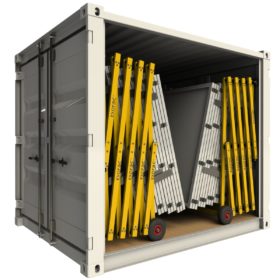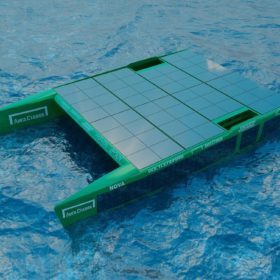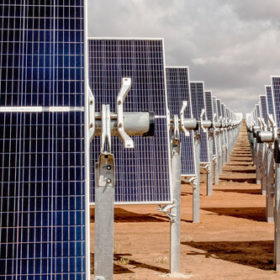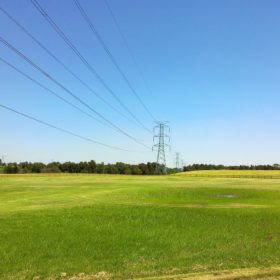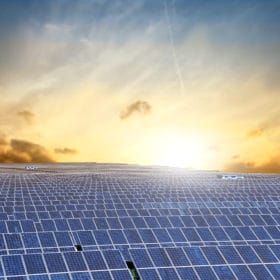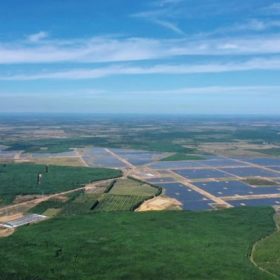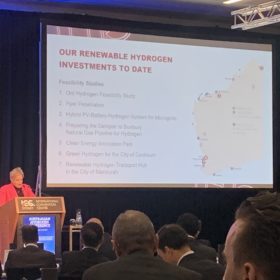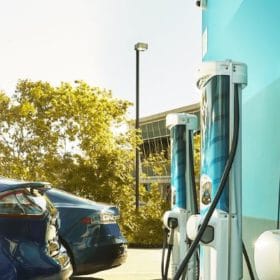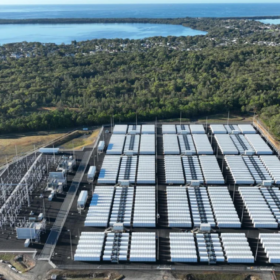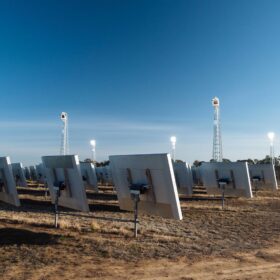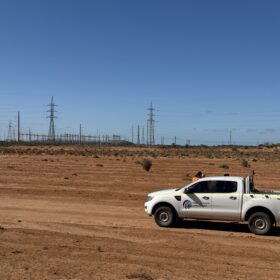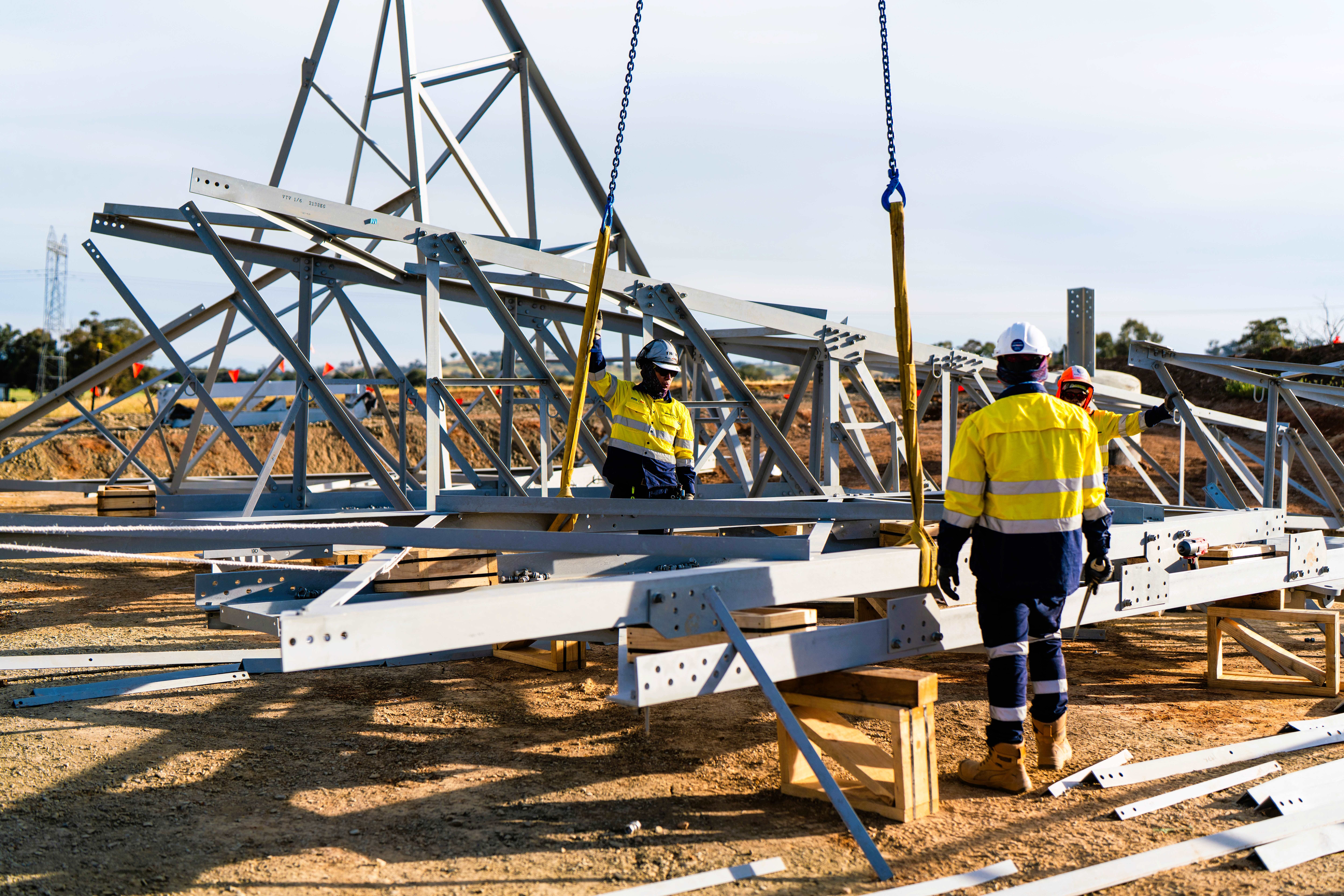NSW launches renewable gas certification pilot as debate around the sector’s decarbonisation escalates
The New South Wales government has today launched a renewable Renewable Gas Certification Pilot, with the aim of sparking a new energy market for clean gas in Australia.
Containerised, retractable PV system for quick deployment
A Swiss start-up has created a containerised movable PV system that is designed to be easily relocated to allow the use of solar energy in locations where a fixed installation is not an option. The solution is based on a racking technology which can include two racks able to host up to 30 solar panels.
Solar catamaran 100% powered by heterojunction modules headed for Australia
The 100% solar-powered boat will be tested in a 9,000 nautical mile expedition from Chile to Australia that is set to start in December. The vessel is equipped with an 11 kW PV system built with heterojunction modules provided by Russian manufacturer Hevel Solar.
Batteries boom as investment in large-scale renewables slumps to a 5-year low
New data released by the CEC and confirmed by industry experience, shows investors have become shy of committing to large-scale renewable projects in Australia, where government intervention has created uncertainty, and grid risk is virtually impossible to quantify — even with a prized connection agreement in hand.
Critical energy transition infrastructure gets the regulatory green light!
TransGrid and ElectraNet have shovels at the ready to begin work on the long-planned and hard-won Project EnergyConnect, which will link three Australian states with much needed capacity for transmission of renewable energy.
Rystad doubles IEA calculations on solar PV required by 2050 — think 50,000 TWh
Solar rules in any scenario of what the world needs to work towards over the coming three decades, to keep global warming under 1.5 degrees. But analysts at Rystad Energy have arrived at a far greater tally than recent IEA projections of how much PV people will be plugging into.
Commonwealth puts $20 mill into Amber, helping energy customers ditch exxie fossil fuels for renewables
That’s the Commonwealth Bank of Australia we’re talking about, not the Commonwealth Government … but someone has to lead the way. Sustainability-savvy CBA is placing an investment bet on innovative energy retailer, Amber.
Saturday read: Five trends to watch in Southeast Asia
Minh K Le, senior renewables analyst at Rystad Energy, examines five key trends to watch in Southeast Asia utility-scale solar, as mega-scale projects ramp up, Indonesia emerges, and Vietnam steps back.
‘200 GW by 2040’: states vie for most hydrogen ambition at national conference
Western Australia’s Minister for Hydrogen Industry, Alannah MacTiernan, said her state plans to be producing 10 GW of green hydrogen in the next decade, with aspirations of getting to 200 GW by 2040. A parade of other state ministers followed MacTiernan addressing the Australian Hydrogen Conference, each eager to assert that their region will become the country’s hydrogen capital.
Australia’s Tritium targets global expansion on back of $1.55 billion deal
Australian electric vehicle charging company Tritium has sealed a $1.55 billion merger deal with a United States-based special purpose acquisition company (SPAC) which will see it publicly listed on the Nasdaq.
